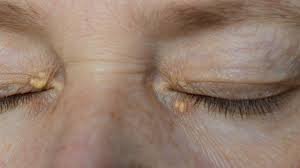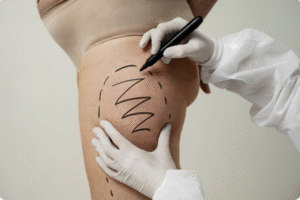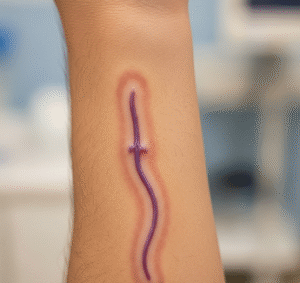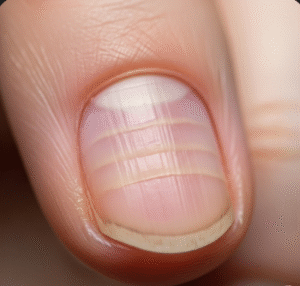Overview
Xanthelasma is a skin condition characterized by soft, yellowish cholesterol deposits that develop under the skin, usually around the eyelids. While generally harmless and painless, xanthelasma can be an indicator of underlying health issues such as high cholesterol or lipid disorders. Though not dangerous on its own, it may signal a higher risk for cardiovascular disease.
What is
Xanthelasma (pronounced zan-thuh-LAZ-muh) is a type of xanthoma—fatty growths or deposits that appear in the skin. It most commonly occurs near the inner corners of the upper and lower eyelids. These plaques are made up of cholesterol, which builds up in the skin layers, particularly in people with lipid metabolism disorders.
Symptoms
- Yellow to orange flat or slightly raised lesions on the eyelids
- Soft, painless, and symmetrical in appearance
- Lesions typically appear on both sides of the face
- May grow slowly over time
- Rarely cause physical discomfort but may lead to cosmetic concerns
Causes
Xanthelasma is caused by lipid (fat) accumulation beneath the skin. Common causes include:
- High LDL cholesterol (bad cholesterol)
- Low HDL cholesterol (good cholesterol)
- Hyperlipidemia (elevated levels of fat in the blood)
- Genetic predisposition
- Liver diseases such as cirrhosis or primary biliary cholangitis
- Diabetes mellitus
Risk Factors
- Age between 40 and 60 years
- Family history of lipid disorders
- High blood cholesterol or triglycerides
- Obesity and poor diet
- Smoking and excessive alcohol use
- Underlying conditions such as diabetes or hypothyroidism
Complications
While xanthelasma is not dangerous or cancerous, potential complications include:
- Cosmetic disfigurement affecting self-esteem
- Recurrence after removal
- Underlying cardiovascular risks, especially if associated with high cholesterol
- Emotional distress due to facial appearance
Prevention
Preventing xanthelasma involves controlling cholesterol and maintaining healthy habits:
- Follow a heart-healthy diet low in saturated fats
- Exercise regularly to improve lipid metabolism
- Manage underlying conditions like diabetes or liver disease
- Avoid smoking and limit alcohol consumption
- Take prescribed medications to control lipid levels
- Routine lipid screenings, especially with a family history of cholesterol issues
Treatment Options in Korea
South Korea offers advanced, safe, and cosmetically precise treatments for xanthelasma. Common options include:
- Laser Therapy (CO2 or Er:YAG lasers): Minimally invasive with excellent cosmetic outcomes and minimal scarring.
- Radiofrequency Ablation (RFA): Effective for small to moderate lesions, commonly performed in aesthetic dermatology clinics.
- Surgical Excision: Best for large or deeply embedded lesions; often done by dermatologic or plastic surgeons.
- Cryotherapy: Freezing the plaque with liquid nitrogen—less common but available in specialized clinics.
- Chemical Peeling (Trichloroacetic acid – TCA): Used for small lesions but may cause pigmentation changes.
- Lipid-lowering medication: Often prescribed alongside procedural treatment to prevent recurrence.













